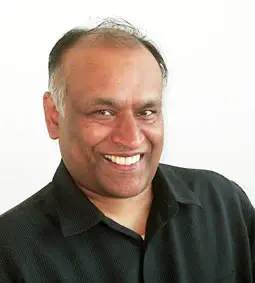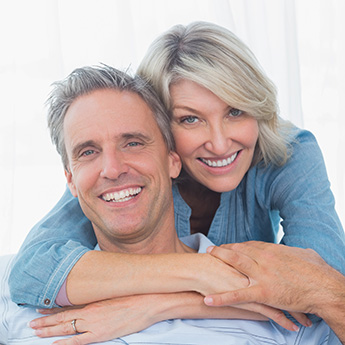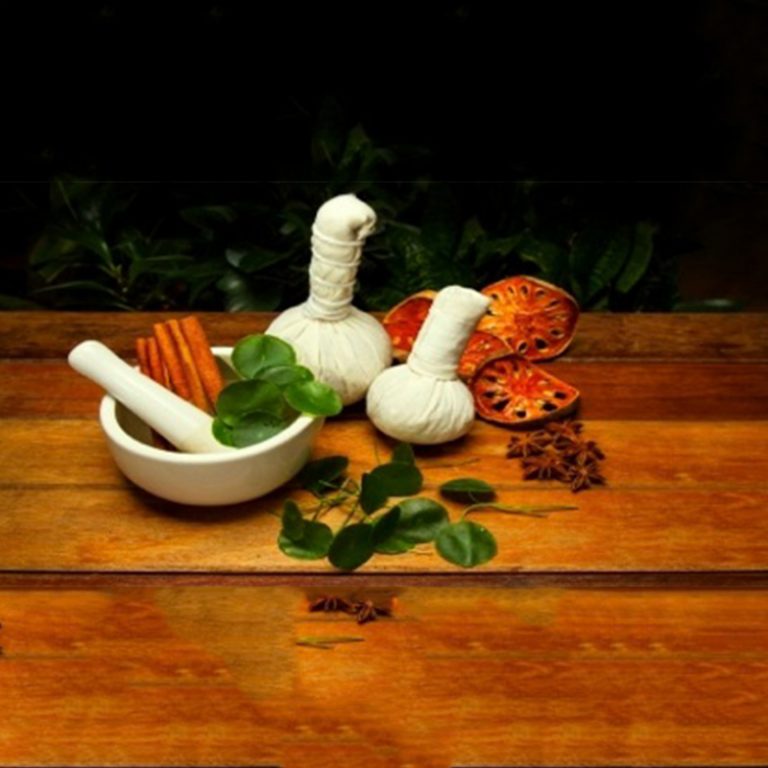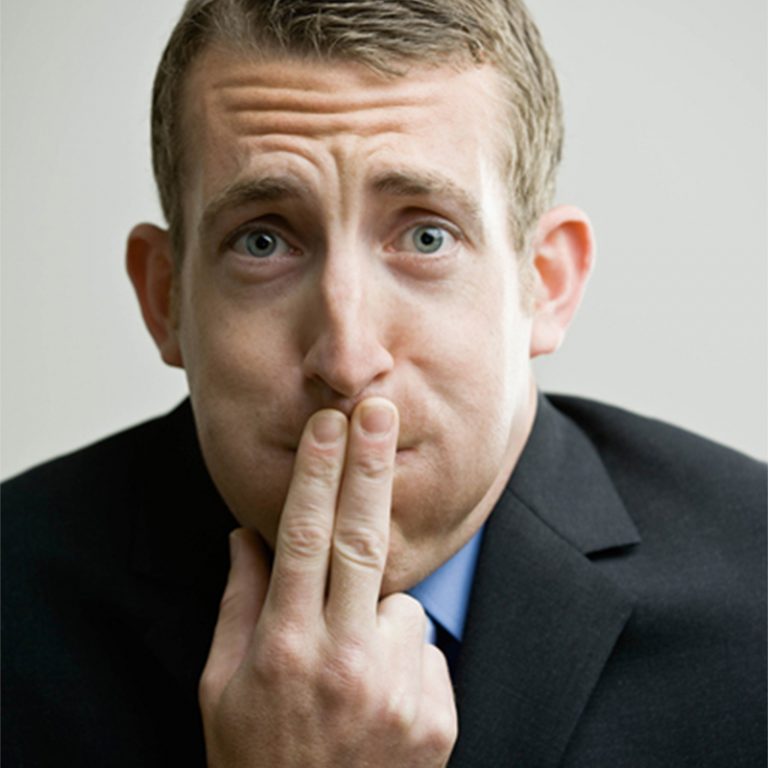
Signs And Symptoms Of Aging
The rate of aging varies greatly in different cultures, and also between individuals of the same culture. The increase in longevity in our own society has given rise to a whole new problem – how to get older without getting old. Looking at those around us, we can see that the physical changes we associate with aging can start to be seen almost as soon as adulthood is reached. Even men in their twenties often have well established male pattern baldness, and in both sexes the body shape is frequently seen to change and fat accumulation is a common feature. Deterioration of eyesight is a very common problem, and inside the body the immune system often becomes less efficient.
Most of the physical changes of aging, however, begin to be noticed in the 50-60 age group. The gradual failure of the cells to repair or replace themselves lies at the root of this problem; the signs and symptoms are many and diverse. Increasing levels of inflammation in the body aggravate this situation.
With increased age comes a decline in hormone production, in both sexes. There is a general drying out and contraction of tissues, and of the synovial fluid which keeps the joints lubricated. This creates a variety of problems. The joints become stiff and mobility is affected; walking can become slow and painful. The outer skin layer – the epidermis – becomes thinner and the number of pigment cells decreases, while those that remain increase in size, often forming liver spots in exposed areas. Tolerance of the sun’s rays becomes a problem. As the production of natural oils and collagen fails the skin becomes drier, weaker and less elastic. This leads to crinkling, wrinkling and sagging. The blood vessels in the lower layer – the dermis – become more fragile and the subcutaneous fat layer thins, reducing the body’s insulation and padding. The body becomes less able to retain heat and is more easily injured and heals less quickly. The muscles, too, lose their elasticity, causing the skin to loosen even more. Muscle wasting on arms and legs is very common.
Our bones also change as we age. In the skull this is seen as an enlargement of the eye sockets, with the result that the eyes appear sunken. Pitting is often observed in the form of ridges on either side of the head. Recent research has found that there is an overall decrease in volume of the facial skeleton, contributing to frown lines and ‘crow’s feet’. The skeletal system as a whole begins to degenerate from about age 50 and the effects of this can be observed in numerous ways. Older people often walk with their head bowed forward and eyes looking down. In many, height is seen to gradually decrease.
Finally, the nervous system can display a myriad of symptoms as more nerve cells become worn out and cease to be replaced. Memory, vision, hearing, taste, balance and co-ordination all deteriorate.
There have been many attempts to define aging, but one could say that it happens when you stop growing new cells as fast as you did when you were young, and your current tissue starts to deteriorate. For thousands of years Ayurveda has been deeply involved in ways to slow this decline and reverse the symptoms of aging. This is why our Rejuvenation program is a must for anyone who would like to get older without getting old.



